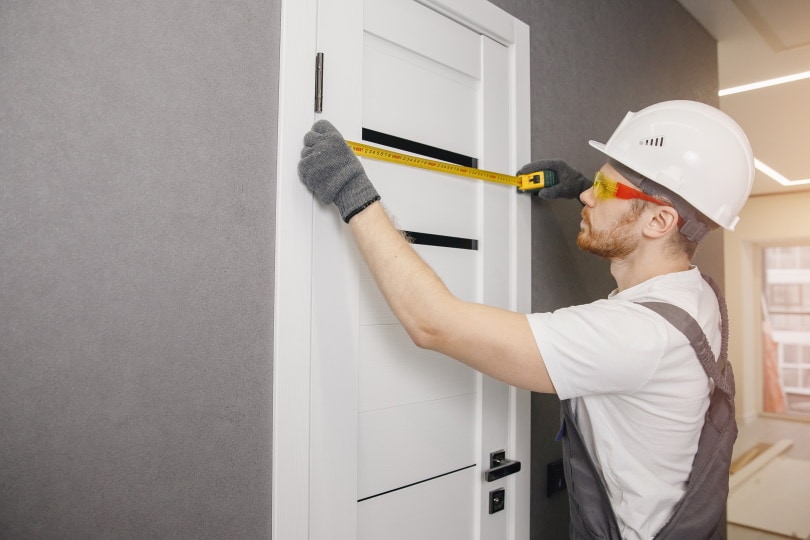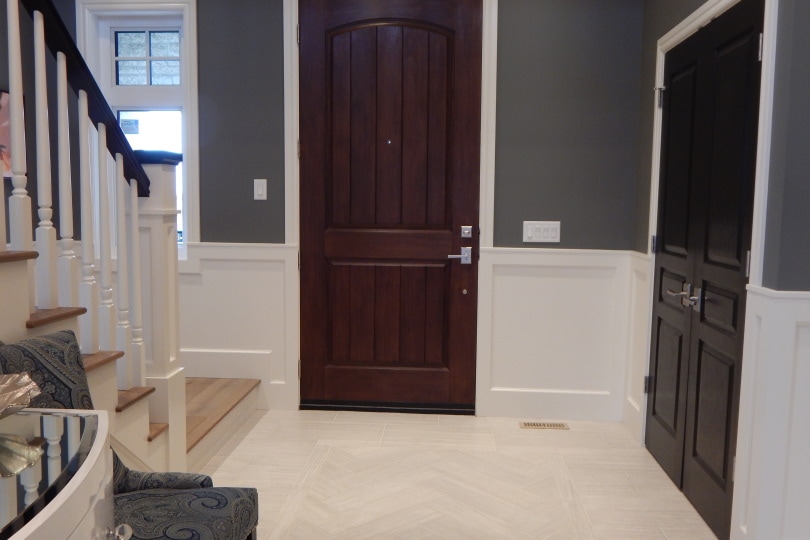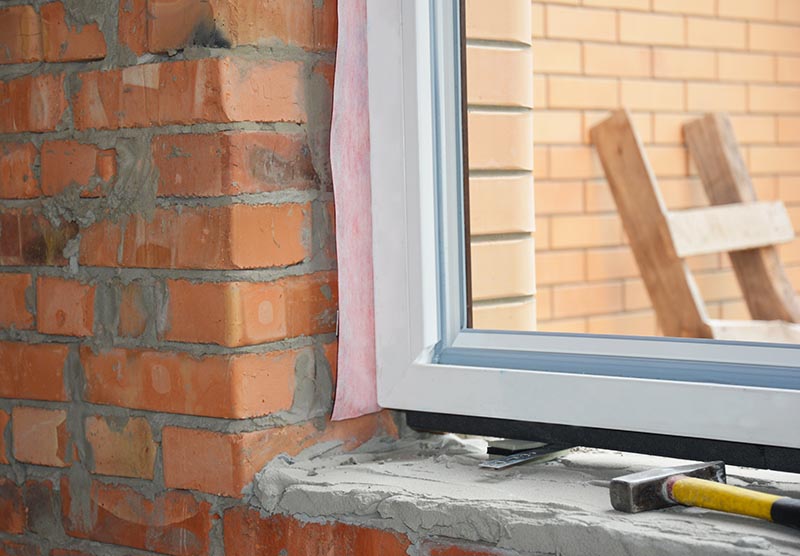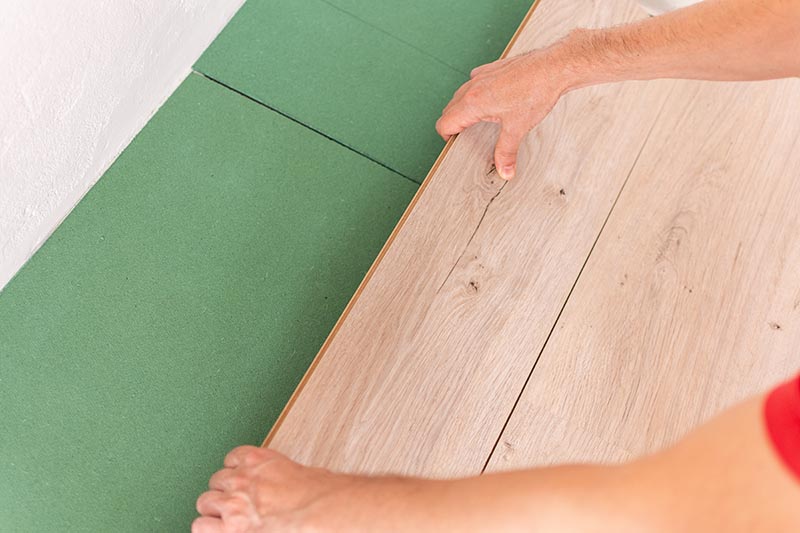How to Soundproof a Door in 3 Steps
-
Pete Ortiz
- Last updated:

Hearing loud noises can make your home less enjoyable for everyone. One way to relax inside your own home is to soundproof the doors. This will help keep all distractions outside of the room so that you and your family members can relax in peace.
Of course, you will need to soundproof the door to get the results you want. Luckily, soundproofing a door isn’t as difficult as it might seem. Below, we will learn how to soundproof a door in just three simple steps. These steps are designed for wooden doors, but we explain what to do instead if your door is metal.
 Understanding Soundproof Doors
Understanding Soundproof Doors
Before learning how to soundproof a door, it’s important to understand that soundproofing a door will not necessarily keep all sounds in or out.
Instead, soundproofing a door yourself will help to keep some sounds and noises out, but it won’t be able to fight against super loud noises, especially those happening right outside the door. If you want all sounds blocked, you will need to install professional soundproofing methods, which are costly and require a professional.
We say this just so that you don’t get your hopes up. You can expect the soundproofing technique to dramatically impact the level of comfort and ability to relax in your home, but it isn’t going to completely prevent noise from being heard.
For those who need professional-grade soundproofing, we recommend hiring a professional to do the job for you.

What You’ll Need
- Soundproofing rubber
- Prybar
- Acoustical caulk
- Door sweep
- Drill
- Screws
- Acoustic panels or soundproof blanket
- Glue
How to Soundproof a Door
Soundproofing a door can be as simple as following three steps: improving the seal, replacing the threshold, and adding acoustic panels to the door. These three steps will help to eliminate noise leakage without the need for a professional setup.
It’s important to note that you might not need to do all these steps. Depending on your needs and expected noise levels, you might only need to do one of the three steps. So, we recommend testing the noise leakage after every step so that you get the exact amount of soundproofing you want without wasting any money.
1. Improve the Seal

Most often, sound bleeds through doors because there is a lot of space in between the door frame and the door itself. You can fix this problem by adding a rubber seal around the frame. To do this, you will need to remove molding if it is already there. Then, install the soundproofing rubber around the edge of the door. Seal any remaining space and cracks using acoustical caulk for further sealant.
2. Replace the Threshold
Next, you will need to replace the threshold of the door. The threshold is the space underneath the door that is above the floor. This gap needs to be filled to prevent noise from getting in through it. You can do this by replacing the threshold with a door sweep.
You can easily install a door sweep using a drill and screws. Make sure to grab that acoustic caulk once again to fully make the sweep effective against sound.
3. Install Acoustic Panels on Door

The last thing to do to fully soundproof your door is to add acoustic panels to it. An acoustic door panel is placed on the back of the door so that the sound can’t get through the door itself. This will be the most expensive of the three steps, but it can potentially be the most effective.
You will need to purchase acoustic panels and follow the instructions for installation. Most often, you only need to glue the panel on the back of the door.
If acoustic panels are not enough, you should upgrade to a soundproof blanket. Soundproof blankets are more professional, which makes them more effective and more expensive. We don’t recommend buying this right away since it is the most expensive option, but it might be necessary depending on your needs.
Does This Work If My Door Is Metal?
If you have a metal door instead of a wooden one, the steps above will generally work, but you might need to use different materials. For most cases, you should be able to do steps one and two exactly the same. Step three is what will differ.
Instead of installing acoustic panels, you will want to use a soundproof blanket. This will be more expensive than the paneling, but it is easier to install on metal doors. Plus, it is actually more effective. You could also use acoustic vinyl panels instead.
Related Read: How To Install a Door: Steps for Interior and Exterior Doors
 Conclusion
Conclusion
If you need to soundproof your door, you only need to do three things: fix the sealing, add a door sweep, and install acoustic panels on the door. For some people, step one might be enough, but for others, all three steps may be needed.
What’s most important is that you test the sound quality before moving to the next step. That way, you get just the right amount of soundproofing capabilities without spending too much money. If you can’t block out as much sound as you want, hire a professional crew to do the job for you.
You might also be interested in: How To Fix A Door Frame In 3 Steps? (with Pictures)
Featured Image Credit: Parilov, Shutterstock
Contents

 Understanding Soundproof Doors
Understanding Soundproof Doors
 Conclusion
Conclusion